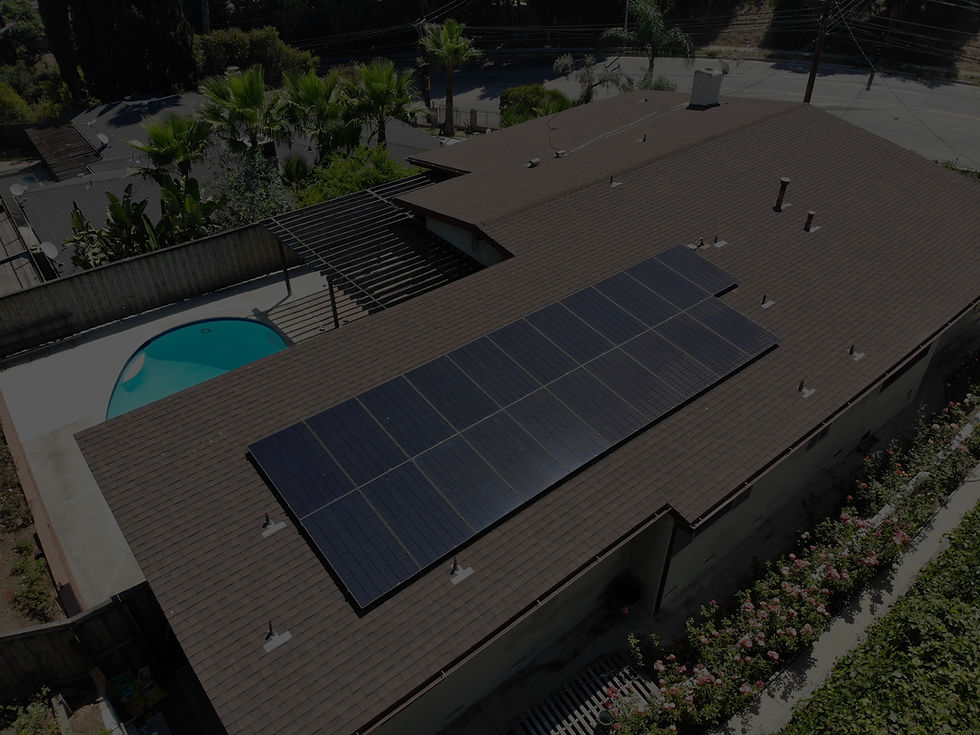
How Solar Works
Your utility charges you based on how much electricity you use (in kWh). With solar, your panels absorb sunlight and generate electricity during the day.
That power is used in your home first.
If your system produces more than
you’re using, the extra energy goes to
the grid—and you get bill credits for it.
If you need more power than your panels are generating, you’ll pull it from the grid. Any credits you've earned can help cover the difference.
This setup is called net metering, where you're billed only for the “net” usage—what you used minus what your panels produced. Some homeowners also choose to add a battery, which stores extra solar energy instead of sending it
to the grid. Want to learn in more detail? Check out how solar works.
Lifelong Value
In today’s economy, solar is one of the few investments that offers a guaranteed return.
By switching to solar, you stop renting electricity and start owning your power—boosting your cash flow and saving thousands over time.
Most systems pay for themselves in just 4–6 years. After that, the sun powers your home for free—for life. Solar also unlocks financial perks like the 30% Federal Tax Credit and a boost in property value (up to 4%, according to Zillow).
Enjoy true peace of mind and energy freedom. Let’s talk about how solar can work for you.
Small Steps. Huge Impact.
The planet needs clean energy—now more than ever.
Fossil fuel emissions have pushed CO₂ levels to a record high. By switching to solar, your home produces clean, renewable power and reduces your carbon footprint with every kilowatt-hour.
As electric appliances and vehicles become the norm, the demand for electricity is rising fast. Solar ensures you’re ready—with energy that’s sustainable, smart, and future-proof.
